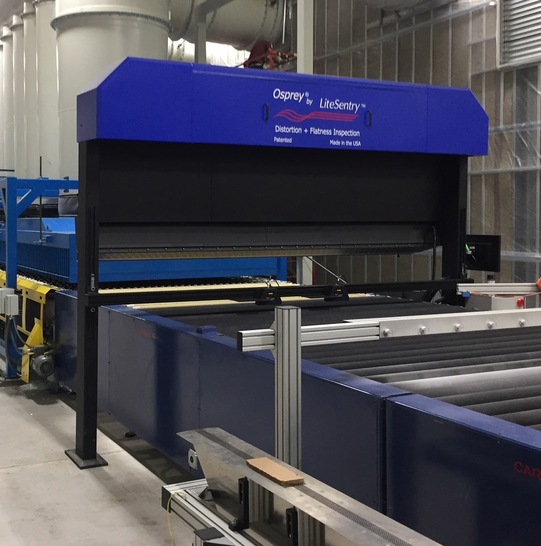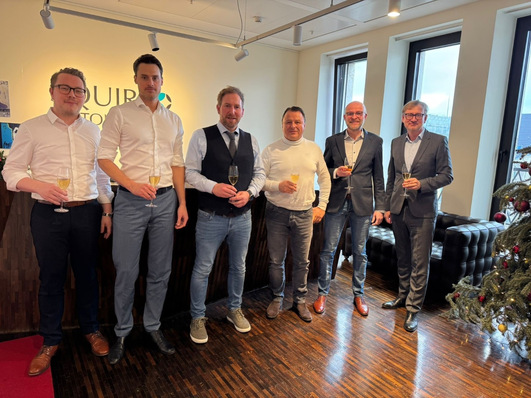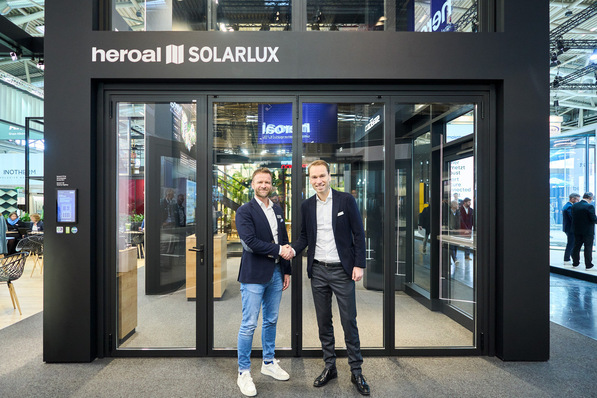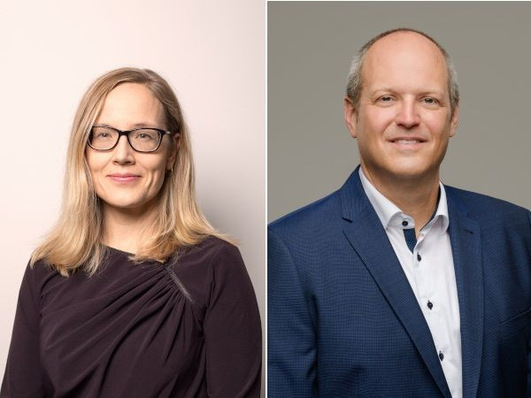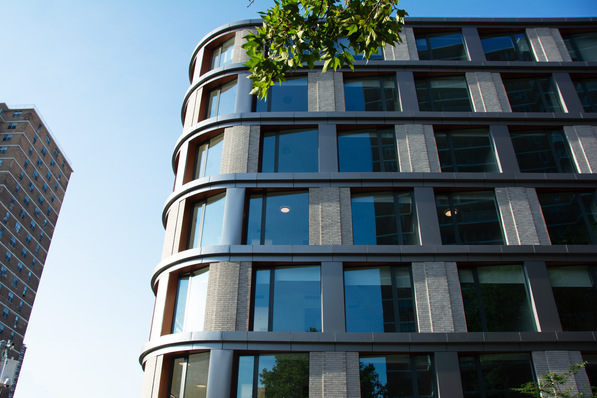Since 1999, LiteSentry has been developing, designing and manufacturing systems and technologies for the inspection and measurement of defects in glass and on glass surfaces or flat glass.
In addition to defects and scratches in the glass, the Osprey 9 Complete also measures anisotropies, distortions and white haze as well as residual tension in the glass and roll waves. The anisotropy inspection is integrated into the Osprey Distortion + Flatness Inspection system in a single unit and, in addition to the detection, also offers the visualization and quantification of the most difficult problems in glass production. According to the manufacturer, the system was developed in cooperation with Stress Photonics, a world leader in optical voltage measurement.
The Osprey 9 Complete is designed for integration into the glass processing lines of all Brands and manufactures. The latest technology Osprey Complete uses so-called grey field polariscopic cameras from Stress Photonics and polarized transmitted light to detect anisotropic effects in the glass pane.
This Owl sees everything
The Owl 3 from LiteSentry combines the recipe selection with an error detection system and is thus an integration of the control and load test system in one unit. The system was developed for the control of large glass capacities, which are processed in a batch or continuous tempering furnace.
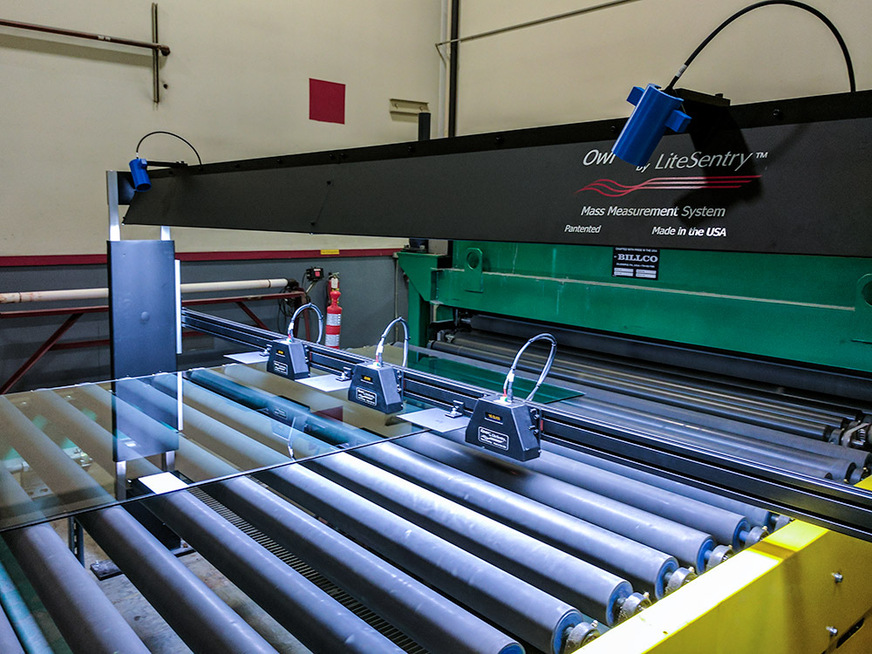
LiteSentry
The Owl 3 is a patented, non-contact optical system that measures the glass thickness, the type of low-E coating (1, 2, 3 silver layers, 4th surface low-E), the glass dimensions and the plate positions as the load changes due to the approaching oven.
Shorter cycle times
The Owl 3 then transfers data to the furnace control system so that the furnace can now automatically select a recipe to optimize the heat profile during tempering. According to the manufacturer, this can shorten the cycle time during the tempering process, minimize distortion in the glass and optimize the flatness of the panes.
By adding the Load Validator system to the Owl 3 system, the fault conditions in the glass or in the load geometry are also recognized and the glass transport system is alerted to stop the glass load before the load enters the furnace.
According to the developers, they can prevent or eliminate several causes of glass breakage and a subsequent interruption of the tempering process with the aid of testing and measurement applications.







